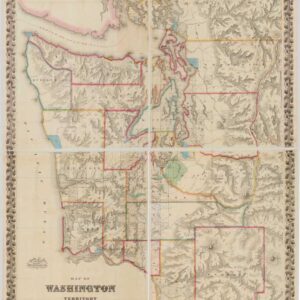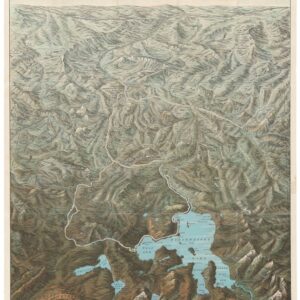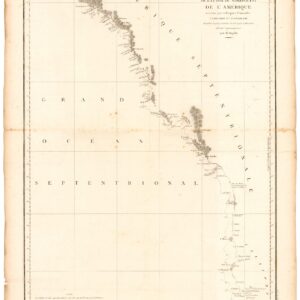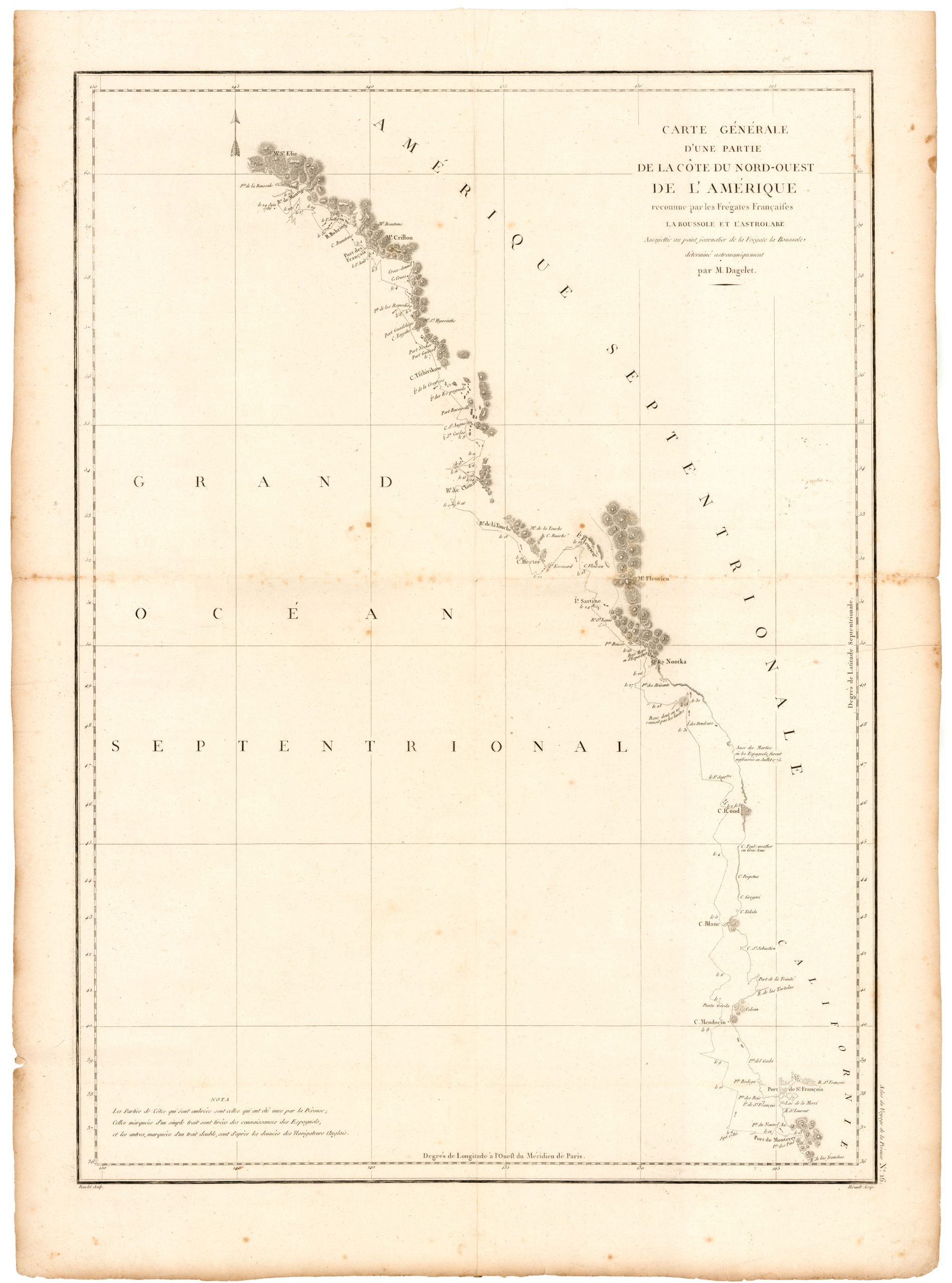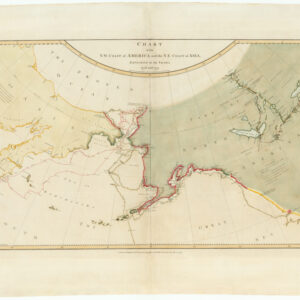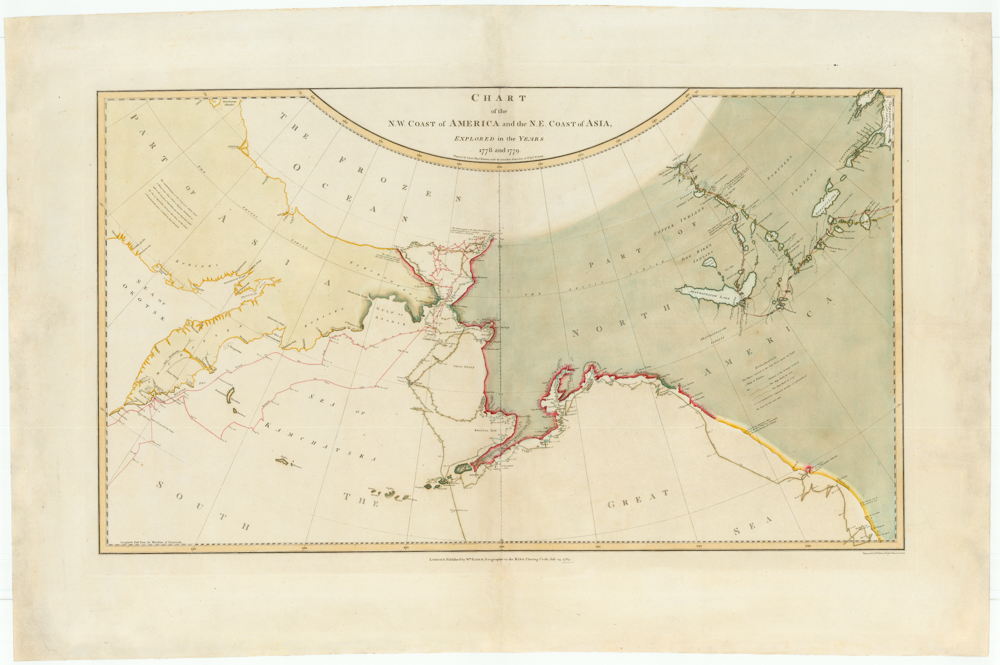Hand-watercolored pre-statehood town plan of Honolulu, Hawaii.
City of Honolulu. Territory of Hawaii
Out of stock
Description
This fascinating 1920s-era map of Honolulu captures the city in the period between annexation and statehood. As stated in the title, at the time this map was published, Honolulu was part of the U.S. Territory of Hawaii. One senses from the map that it was produced at a period of turbulent change, in which the island city was increasingly Americanized. The U.S. Military controlled significant swathes of land within the city, including a reservation at Diamond Head and a series of forts along the waterfront.
Elements on the map tell the story of the economic and political colonization to which Hawaii was subjected in the preceding century. The complex marked “Capitol” is ‘Iolani Palace, which housed the government between the monarchy’s overthrow at the end of the 19th century and the construction of the State Capitol building in 1969, and where the queen was temporarily imprisoned.
Further along the waterfront towards Honolulu Harbor, the map depicts a series of railroad tracks. These tracks led west towards sugar plantations on the Ewa coast and pineapple plantations in Wahiawa (many of the lines terminate the Dole Pineapple Cannery downtown).
The wide prevalence of schools, hospitals, and churches is also a notable feature of Honolulu. Punahou School was still called “Oahu College” – the name was changed in the 1930s. The school was founded in 1841 on land gifted from the Hawaiian royal family to educate missionary children and later the broader public. Kamehameha School is situated on the map at the current site of the Bishop Museum, part of royal Bernice Pauahi Bishop’s estate.
The swathe of waterfront land marked “Proposed Park” was a marshland that would become Ala Moana Beach Park. Developers later built an artificial peninsula (Magic Island) with the intention of building a hotel, but in response to public protest it was converted to an extension of the park. The beach was not created until the 1950s. Finally, in the middle of Waikiki, you can see an area marked Cleghorn / Ka’iulani. This area was Princess Ka’iulani’s estate, managed by her Scottish father, Archibald Cleghorn. Princess Ka’iulani had once been considered the last hope of the Hawaiian monarchy before Lili’uokalani was overthrown. The owners of the Moana Hotel acquired the estate, and later the Sheraton Princess Ka’iulani hotel was built there.
Cartographer(s):
Condition Description
Good. Scattered wear along old fold lines.
References
